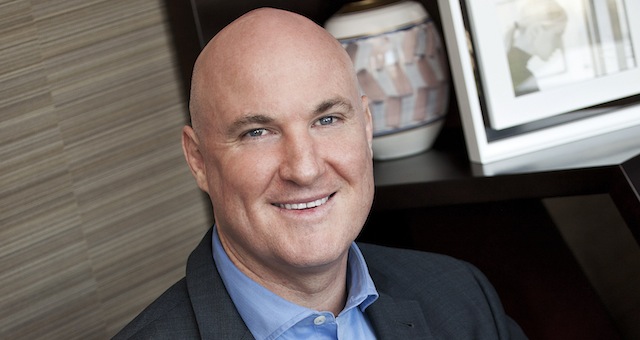Australia reopened its international border on Monday after 704 days, a move that marks “the first step in a long recovery process”, according to Tourism Accommodation Australia.
With occupancy in Sydney and Melbourne sitting around 30 per cent, and a staffing crisis hindering the industry, TAA Chief Executive Michael Johnson says, “it will be several years before we return to anything like pre-COVID levels of trade”.
But Marriott International Area Vice President of Australia, New Zealand and Pacific, Sean Hunt, says there’s a sense of optimism in the air.
“Whilst it will take some time [for the industry] to rebuild, we had 27 flights the into the city of Sydney [on Monday] as a point in case, and I’m expecting that to grow quickly,” Hunt told HM exclusively.
“We’re very optimistic about the future.”
Growth in leisure and corporate bookings
Marriott’s domestic leisure-led strategy, which has seen the company invest in major events such as the Australian Open and Mardi Gras, has played a major part in its top line recovery, according to Hunt.
“These leisure activations have really helped us drive leisure business particularly over weekends,” he said.
But with bookings on the rise, Marriott is also experiencing renewed interest from corporate travellers, an area that has been slower to recover domestically.
“We’re seeing signs of life right across the corporate spectrum,” Hunt said.
“We’re picking up, week on week, thousands of corporate room nights, again, from a very low base, but we’ve seen the leisure business come in droves throughout school holidays, weekends, staycation-type visits.”
And it’s not just the domestic business that’s ramping up quickly.
“We’re seeing traditional markets, for us that’s the US, UK and Singapore, showing strong signs of like wanting to come back into Australia,” Hunt said.
26 hotels in the pipeline for Marriott
Marriott signed 21 new hotels across Asia Pacific in the last 18 months, according to Hunt, and opened four in Australia in the last 12 months including the W Melbourne, Courtyard by Marriott Brisbane, the Melbourne Marriott Hotel Docklands and The Tasman, a Luxury Collection hotel in Hobart.
“Just this month we’ve got two new openings in Melbourne, the AC hotel by Marriott and Courtyard by Marriott Melbourne,” Hunt said. “For the remainder of 2022, we’ve got the Meridian in Melbourne, the Ritz Carlton Melbourne and W Sydney to name a few, plus another 26 hotels in the pipeline.
“That tells me that despite the tumultuous two years we’ve had, investors continue to see the hotel sector has an asset class with a very strong medium long-term play.”
Attracting and retaining top talent
One of the major challenges the pandemic, and resulting closed borders, presented to the hotels industry is the ongoing staff and skills shortages.
Marriott has developed a talent acquisition and retention plan that focuses on recruiting and training “non-traditional talent”.
“We’re looking at diversity and inclusion, senior members of the community who would like to come back into the workforce maybe on a part-time, flexible basis, and we’re also looking forward to welcoming the return of students and backpackers,” Hunt said.
“The federal government’s initiatives around that are hugely important because the reality is we need these folks to staff our properties and the industry at large, not just Marriott.”
Storytelling is a key feature of Marriott’s recruitment strategy, to show people how they can grow with the company over time to reach top positions.
“People like myself that started in the kitchen and then became the Area Vice President for Marriott, there’s lots of those stories. 95% of GMs [in Australia] are home grown. They started in rank-and-file positions, and they worked their way to the number one position in the hotel,” Hunt said.
“I think that’s really important because it shows people there’s a way.”

